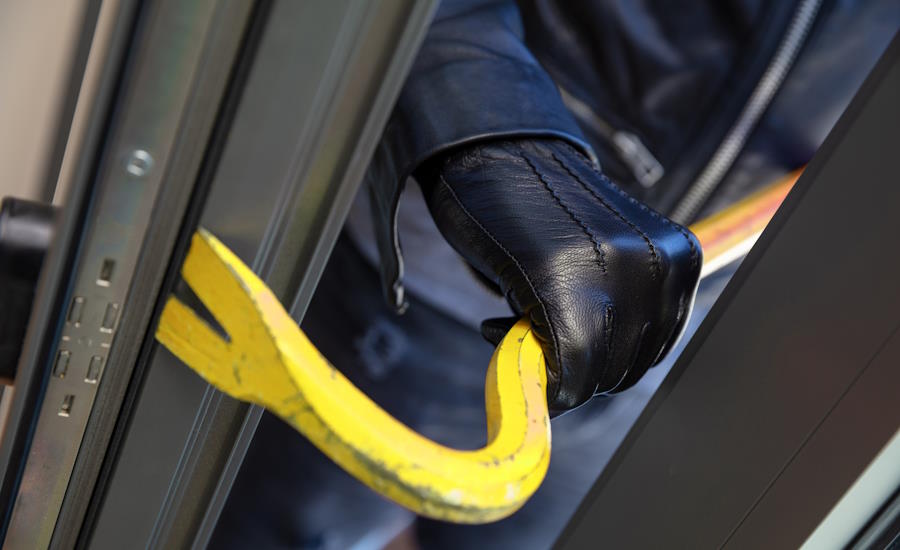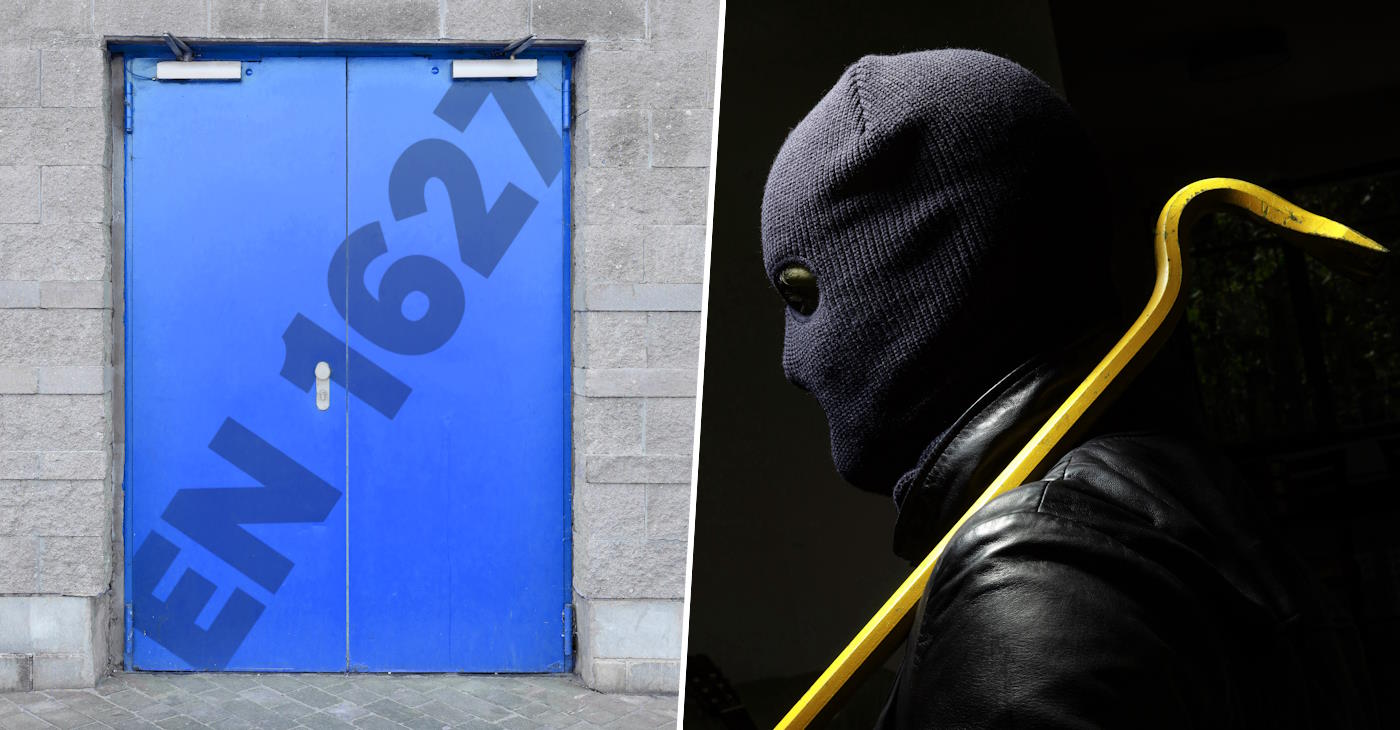EN 1627 is a European standard that establishes testing procedures and performance criteria to classify the burglar resistance of doors, windows, shutters, and similar building elements. In practical terms, it sets out how well a door or window can resist different methods of forced entry, giving manufacturers and consumers a measurable benchmark to gauge security levels. EN 1627 is widely recognized throughout Europe and increasingly adopted internationally, ensuring that safety products meet a common set of technical requirements.
What are EN standards, generally speaking?
“EN standards” refer to European Norms, developed and published under the authority of the European Committee for Standardization (CEN). These standards establish consistent requirements and test methods for a wide range of products, materials, and services. Their overarching goal is to harmonize technical criteria across European Union member states and even beyond the EU, thereby facilitating trade and fostering mutual recognition of tested and certified products. In the realm of construction and security, EN standards guarantee that materials and systems meet proven levels of performance, safety, and quality.
The history behind these standards – what came before?
Before the widespread adoption of EN standards, each European country often had its own national standards—for instance, DIN in Germany, BS in the United Kingdom, NF in France, and so forth. These national standards sometimes conflicted or overlapped, making international trade more complicated. The idea of harmonizing standards across Europe began in earnest in the mid-20th century, particularly as economic cooperation increased within the European Coal and Steel Community and later the European Economic Community. Over time, CEN was established to coordinate and unify standards creation, and EN standards came to replace or align many of the older, disparate national standards. By creating a common baseline, it became easier for manufacturers to sell products throughout Europe without having to undergo repeated testing in each country.
Meaning of EN 1627?
EN 1627 (sometimes referred to together with its companion standards EN 1628, EN 1629, and EN 1630) defines the classification of burglar-resistant products by detailing the following:
Test methods
The specific ways in which doors, windows, and other elements are subjected to forced entry attempts, including static and dynamic loads, manual break-in methods, and tool-based attacks.
Classification levels
Known as Resistance Classes (RC), which indicate the type of tools and the duration a product can withstand under attack.
Scope
Not limited to doors alone but also applicable to windows, shutters, and grilles, as long as they are intended to resist intrusion.
A product that is certified under EN 1627 has been rigorously tested according to repeatable methods. This certification ensures that the purchaser, architect, or builder can rely on consistent performance in terms of break-in resistance.

What’s a security door – how are they constructed?
A security door is specifically designed and manufactured to resist forced entry. While standard doors might feature hollow wood or simple metal sheets, a security door often incorporates multiple layers of protection, such as:
Reinforced steel frames
The frame surrounding the door leaf is typically made from steel or another robust metal alloy.
Multi-layer door leaf
The leaf itself may include layers of steel, composite materials, wood, or other structural reinforcements to resist bending, cutting, or drilling.
High-security lock systems
These locks are tested against picking, drilling, and bumping. They often include multiple locking points distributed around the edges of the door.
Additional features
Depending on the intended RC classification, security doors can also include anti-crowbar edges, reinforced hinge bolts, and advanced locking cylinders.
Due to their specialized construction and materials, security doors are heavier and more robust than typical residential doors. They are typically developed and tested according to EN 1627 and related standards to ensure reliable burglary resistance.
Are you in the lookout for solid and robust steel doors in various safety classes? Look no further, because the Swedish manufacaturer www.maxidoor.se will most certainly have what you and your business need regarding security- and fire doors!

Do they protect against both burglary and fire?
While many high-security doors can be combined with fire-rated performance, burglar-resistant doors and fire-rated doors are not always synonymous. A door with an EN 1627 certification focuses primarily on resistance to forced entry, whereas a fire door is tested under different standards (e.g., EN 1634) to determine its ability to resist high temperatures and contain flames for a specified duration. That said, it is possible to find security doors that carry multiple certifications—both burglar resistance (according to EN 1627) and fire resistance—enabling them to serve dual purposes in areas that require comprehensive protection.
Security doors and their usage
Burglar-proof doors appear in a variety of settings, here we’ll list some of the more common ones:
Residential
Homeowners may install security doors at main entrances or secondary points of entry for additional peace of mind.
Commercial buildings
Retail shops, offices, and public buildings often deploy higher-rated doors to protect critical areas such as server rooms, financial offices, and storage areas.
Industrial facilities
Warehouses, manufacturing plants, and utility stations may demand robust doors to safeguard equipment, hazardous materials, or sensitive locations.
High-security environments
Data centers, government buildings, and research laboratories might require advanced classes (RC4, RC5, or RC6) to protect against determined intruders with specialized tools.
While not always, but in many occassions these steel doors may be accompanied with electronic lock systems, which furthers strengthes the shell protection of the building.
Different RC classes within EN 1627 – resistance Classifications
Within the framework of EN 1627, the acronym “RC” stands for Resistance Class (Resistance Classification). These classes define how long and with what kind of tools a door (or window, shutter, etc.) can withstand a break-in attempt. The classes are enumerated from RC1 to RC6, with RC1 being the lowest resistance and RC6 representing the highest. Each step up usually involves resisting attacks from more powerful tools and for longer durations.
RC1
Basic protection against attempts involving physical force like kicking and shoulder impacts. Low burglary risk contexts.
RC2
Resists casual attempts using simple tools (e.g., small screwdrivers, pliers). Suitable for areas with moderate burglary risk.
RC3
Withstands more sustained attempts and moderate tools (e.g., crowbars, larger screwdrivers). Common in residential and commercial applications.
RC4
Endures attacks by experienced intruders using heavier-duty tools (e.g., hammers, chisels, battery-powered drills). Appropriate for higher-security needs.
RC5
Designed to resist more advanced power tools, including heavier drills and reciprocating saws. Used in sensitive industrial, governmental, or commercial contexts.
RC6
Provides the highest level of protection under EN 1627, resisting prolonged attacks with powerful tools such as electric angle grinders. Usually reserved for sites with extremely high security demands.

The most common Resistance Classification class?
In practice, RC2 and RC3 are most frequently employed in residential and standard commercial projects. RC2 offers a balance of cost-effectiveness and adequate security for many homeowners, especially in areas where opportunistic burglaries are the primary concern. RC3 provides a higher level of resistance and is also quite common, particularly in commercial or mixed-use buildings.
FAQ: Are the same doors used both indoors and outdoors?
While the fundamental security characteristics (reinforced frames, multi-layer door leaves, high-security locks) can be similar, certain features differentiate indoor and outdoor security doors:
Weather resistance
Outdoor doors require materials and finishes capable of handling rain, wind, and temperature variations without compromising structural integrity.
Thermal & acoustic Insulation
Exterior doors might need enhanced thermal breaks and acoustic seals for energy efficiency and noise reduction.
Aesthetics & finishing
Indoor security doors can be more ornamental, matching interior design. Outdoor doors might emphasize durability and weatherproofing, though modern solutions also balance functionality with aesthetics.
Pricing for a safety door meeting the EN 1627 standard?
The cost of a security door can vary significantly based on:
Resistance class
Higher RC ratings entail more advanced materials and test certifications.
Materials & finishes
Doors featuring decorative wood veneers, specialized coatings, or high-end hardware tend to command higher prices.
Additional features
Integrated fire protection, biometric access controls, or enhanced acoustic insulation can further increase costs.
In many European markets, a basic RC2-rated door might start in the lower price range (a few hundred euros), while higher-end RC4 or combined burglar/fire-resistant doors can cost several thousand euros. Installation complexity and labor charges will also influence the total expenditure.
Trivia: When security doors became common and what was used before
The rise of security doors in mainstream construction can be traced to the late 20th century, as urbanization and growing awareness of burglary risks led homeowners and businesses to adopt more robust entry systems. Prior to widespread availability of purpose-made security doors, many properties relied on reinforced wooden doors or added basic metal gates and bars over standard doors. While such measures offered some degree of deterrence, they lacked standardized testing and certifications. Today, the development of EN 1627 and similar norms ensures that modern security doors are subjected to stringent performance evaluations, providing far greater assurance of burglary resistance and overall reliability.

Let us summarize – EN 1627 ?
In conclusion, EN 1627 (an EN standard) is a crucial standard that outlines how doors and windows are classified according to their ability to resist burglary attempts. By defining consistent test methods, performance thresholds, and Resistance Classes (RC1 through RC6), EN 1627 helps ensure that security solutions are both effective and verifiable. Security doors, when built according to these specifications, can provide reliable protection against forced entry and, in some cases, double as fire-resistant barriers. From residential homes to industrial facilities, these doors serve as a technical and practical line of defense. Their construction involves reinforced frames, robust locks, and sometimes multi-purpose capabilities, making them a mainstay in modern safety and security-conscious design. With an understanding of the different RC classes, potential installation costs, and historical context, architects, builders, and end users can make informed decisions regarding the level of protection they require—ultimately contributing to safer, more secure environments.
Tips! Don’t miss out, in our next article here at Euroindustry.net, we’ll bring up the topic regarding access control systems and how they work!

